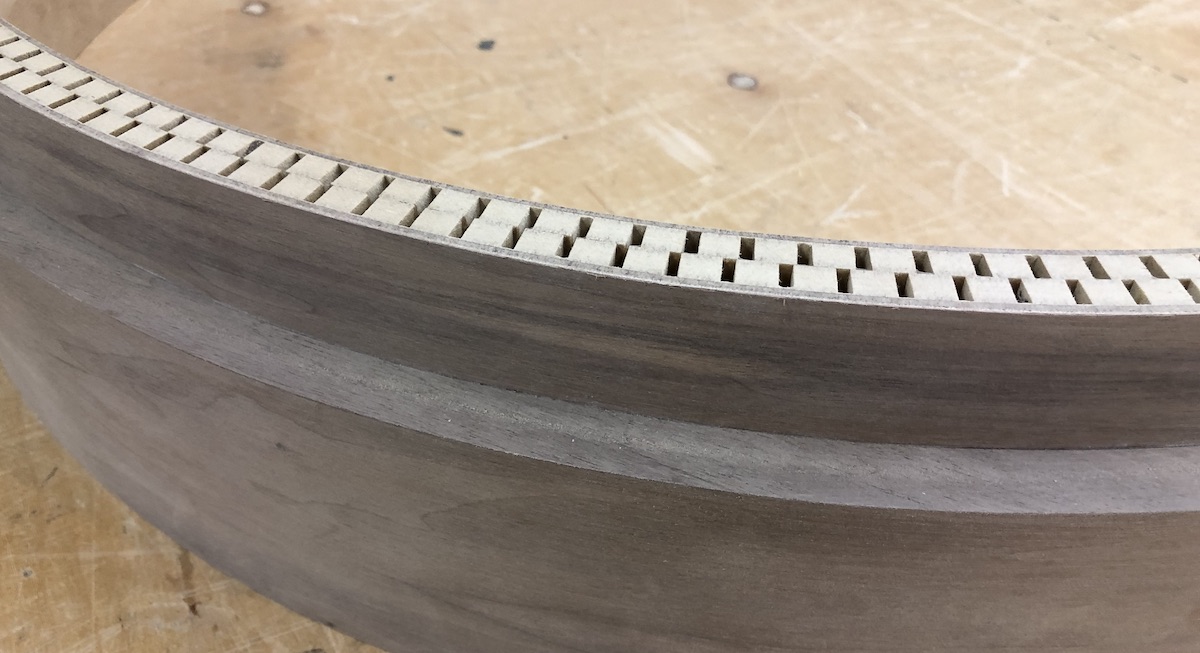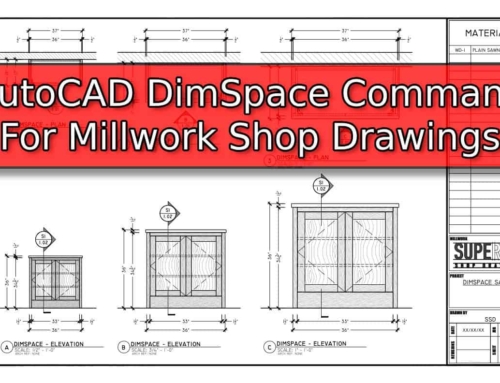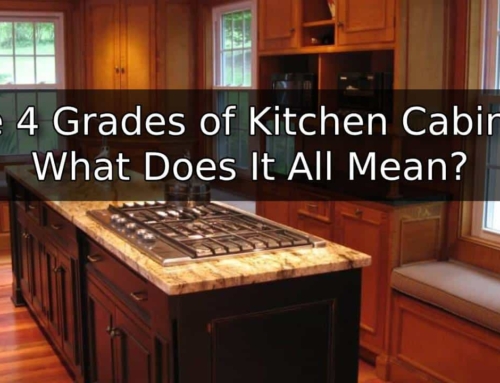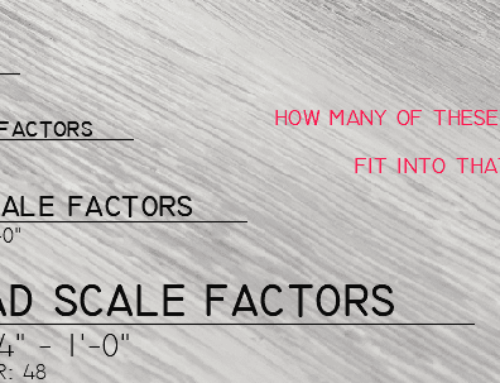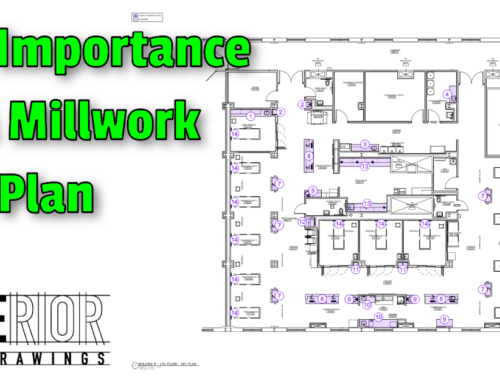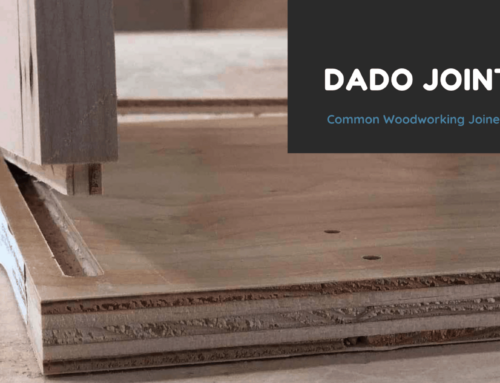As Drafters and Cabinetmakers, we tend to obsess over straight lines and square corners. After all, it’s what we were taught when learning the trade. What if things were deliberately not straight- like a Curved Millwork Panel along the face of a Reception Desk?
In this article we’re going to take away some of the mystery behind Curved Millwork Panels and explore a couple of different options – all of which are much less involved than making Coopered Panels out of solid wood.
Creating Laminated Panels
I’d like to start off by asking a very simple question. If you were to take a piece of wood and try to bend it using your hands – which do you think would be easier to bend, an ⅛” thick strip or a ¾” thick strip?
As I’m sure you know, the ⅛” strip is much easier to bend. The premise behind Laminated Panels is that we can use multiple layers of thinner material to create a curved panel to match our desired thickness.
Depending on the finish and radius of our Curved Millwork Panel, we can accomplish this by using readily available ⅛” Plywood. Each layer is placed into a form, glued, and fastened (or clamped) into place. After the glue sets, Veneer or Plastic Laminate can be applied to achieve the desired finish.
On a personal note, I’ve had the best luck with this technique when I was able to place the form and all pieces into a vacuum press. The even pressure seems to smooth out some of the deformities you may run into when stapling or clamping the thin layers to a form.
Using Bendable Plywood
If using a bunch of ⅛” Plwood to make a ¾” Curved Panel sounds like a lot of work (six layers is a lot of work, after all) then bendable plywood may be a better option for your project. Referred to as Bendable Plywood, Benda-Ply, Bender-Ply, or Wiggle Wood (I can’t say that with a straight face), among other industry terms – there are several options on the market.
One popular option is Radius Bending Plywood from Columbia Forest Products. Standard size 4×8 sheets are available in 1/8”, 1/4”, and 3/8” thickness. This product can be ordered so that it bends in either the 48” direction or the 96” direction (not both).
This particular product is available as either a two-layer or three-layer plywood utilizing rotary peeled material. The face can be quite rough looking so It will not be ready for paint without extensive prep work. As a result, you’ll want to finish Bendable Plywood with a Paper-Backed Veneer or Plastic Laminate.
Most of the material I have used has been 3/8” (actually, its closer to 5/16” than it is 3/8”) and laminating two panels together makes a stiff sheet that is great for skinning Radius Die Walls (You can use the Radius Plates and Studs as the form).
Using a Kerfed Panel
A Kerfed Panel is essentially what it sounds like – a panel with a series of saw kerfs on one side. The kerfs run most of the way through the material and allow it to expand or compress as it is bent. Plywood, Solid Wood, or MDF can be kerfed on a table saw or it can be purchased pre-kerfed – which is where most of my experience falls.
Much like Bendable Plywood – Kerfed Panels are meant to curve in one direction. Where I feel this product excels over Plywood is in the finishing. Generally speaking, it is ready for Paint, Veneer, or Plastic Laminate with minimal prep work (you’ll also get less deformities telegraphing through).
The biggest downside of Kerfed Panels is they can feel a bit mushy if they don’t have plenty of support. In my experience the best practice is to place two panels back to back (kerfed face against kerfed face) and use a rigid glue.
You’ll have to give some though as to how to treat exposed edges as the kerfs will be visible.
Go Forth and Curve
As you can see, creating Curved Millwork Panels isn’t quite as intimidating as you may have thought. The trick is to make sure you have a well made form to hold your radius.
Each product outlined in this article has its strengths and weaknesses but they will all get the job done. We hope that you have found this article useful and use it to shape your next curved project.
- Millwork Shop Drawings: Training Survey - May 5, 2024
- Optimize Your Shop Drawings: Exploring the Power of theAutoCAD DimSpace Command - December 5, 2023
- The 4 Grades of Kitchen Cabinets: What Does It All Mean? - November 28, 2023
